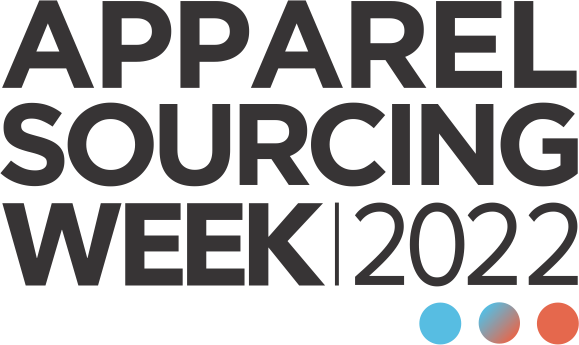News and Features
Top trends leading to the growth of Indian ethnicwear sector
20 March 2020
Apparel Resources

According to Statista, the market size of the ethnicwear segment across India was approximately Rs. 925 billion in 2018 and is estimated to reach a whopping Rs. 1.7 trillion by 2023. This is driven majorly by the recession-proof wedding industry in India, special occasions, traditional festivals and office clothing/workwear.
“Ethnicwear is the most preferred outfit for women aged between 16 and 50 years. We believe that being able to experience, the product plays a very crucial role in case of apparel and fashion brands like Biba. As our customers nowadays have certain fixed preferences in mind, it is very important that they find what they are looking for when they step into the store,” said Siddharth Bindra, Managing Director, Biba.
The surge in online businesses peddling ethnicwear and advances in product innovation have created a shift in the industry over the last few years. From largely being a market of tailored pieces wherein women used to go to purchase fabric and then get their garments designed by the local tailor, the trend today has shifted to buying readymade garments.
Commenting on the same, Vinay Chatlani, Co-founder & MD, Soch, said “The proliferation of brands in the ethnicwear market has only fuelled expansion in the category. We see unstitched or ready-to-stitch garments being the step up from purely tailored clothing and the preferred choice for many customers who want to direct their own fits but else, there is ample choice in the ready-to-wear market itself, especially at Soch.”
Fusionwear grabs the top slot
The acceptance of westernwear is fast increasing, and so is the demand for fusion ethnic clothing, where we see an advent of mix-and-match styles which has completely changed the market. Fusionwear can be anything from kurtis worn over simple jeans to saris with crop tops and lehengas paired with shirts and T-shirts.
“Fashion brands and designers are now experimenting more than ever with this trend. Customers are pairing their kurtas with jeggings, dhoti pants, harem pants, etc. Given its versatility and ability to go from day to evening, casual to dressy, we see an increasing trend of women experimenting with fusionwear to define their unique sense of style,” Vinay said, adding, “Keeping in mind the millennial audience, Soch launched its range of ethnic workwear in April 2018. It is important for workwear to be functional, yet not be low on the style quotient. We have always been at the forefront of combining style with comfort and for artfully integrating fashion trends to create a range that would meet the consumer preferences of today.”
Menswear is fast catching up
According to Technopak, ethnicwear accounts for 70.7 per cent of the total womenswear market of US $ 21.2 billion, whereas the same accounts for only 6.6 per cent of the total menswear market of US $ 23.5 billion.
Men’s ethnicwear is also becoming an attractive category. Currently limited to occasionwear such as festivals and weddings, men do want to dress in appropriate clothing for such occasions. Increasing disposable incomes, rising awareness through media and Bollywood, increased number of occasions like festivals and weddings are driving such consumption.
Kora by Nilesh and Mitesh is an upcoming brand from Mumbai that has redefined men’s fashion in India. It brings variety to the monotonous dressing being catered to men since ages. With more than 11 stores across India and at emerging retail destinations such as Pune, Ahmedabad, Surat, apart from retail hubs including Mumbai and Hyderabad, Kora is rapidly expanding to keep up with market demands. It is also present in Dubai.
“We have captured a unique yet diverse clientele and cater to every section and event in the society. Since the inception of our first Hyderabad store in 2018, sales have spiked by 10 per cent which has led us to further our expansion in the city,” said Pratik Pokarna, MD, Kora, Hyderabad.
Tier-2 & Tier-3 markets see brighter chances
Seeing the penetration of social media influence, the demand for better quality products and up-to-date fashion trends is continuously increasing, and it is evident that there is great potential in these markets. With the rapidly increasing middle-class and advent of e-commerce, brands and retailers are now eyeing Tier-2 and Tier-3 cities owing to the untapped potential these markets pose.
According to reports, it is expected that the organised ethnicwear penetration is expected to reach 33 per cent in 2020, which is being driven by brands such as Biba, W, Soch and Fabindia among many other established and evolving labels.
“The purchasing in these cities is largely done via unorganised sectors due to the absence of brand options. For Tier-2 and Tier-3 markets, product quality and affordability are of utmost importance along with the brand name,” Siddharth explained, adding, “We focus on providing best quality products at best possible price points along with a great and varied range of products to choose from. We also introduce special collections keeping in mind the specific target audience.”
Comments

